Record Number Of Cahow Chicks Fledge
The 2017 Cahow nesting season saw the nesting population increase to a record number of 117 established breeding pairs [those that produced an egg, whether it hatched or not]. In addition, a record number of 61 chicks successfully fledged out to sea [the first time the number of fledged chicks has exceeded 60].
In parallel the Nonsuch Expeditions CahowCam, in part due to its new partnership with the Cornell Lab of Ornithology saw a jump to 8.5 million minutes of video being watched by scientists, students and followers from around the world. [see www.nonsuchisland.com]
The following update was compiled by Jeremy Madeiros, Cahow Recovery Project Manager, Senior Terrestrial Conservation Officer, Department of Environment and Natural Resources, Bermuda Government
The most recent nesting / breeding season for the Critically Endangered Bermuda petrel, or Cahow, which is Bermuda’s National Bird and one of the rarest seabirds on Earth, began in late October 2016, and ended on the night of 27/28th June, 2017, when the last Cahow chick fledged out to the open ocean, not to return for several years.
The Cahow is endemic or unique to Bermuda, nesting no-where else on the planet. It is pelagic, spending most of its life in the middle of the ocean, and returns to land only to breed, laying a single egg annually. It nests on only 6 small islands totaling only 20 acres, in the Castle Harbour Islands Nature Reserve, where it is protected by wardens and is the subject of an intensive management program.
Overall, during this breeding season, the Cahow has continued its positive upward trend in both the number of established breeding pairs and overall size of the population, and in the number of successfully fledged chicks being produced by the nesting pairs.
These Cahow numbers have probably not existed since the 1600s, when the formally abundant species was decimated by the arrival of human colonists on Bermuda, through overhunting and predation by introduced mammal predators such as pigs, rats, cats and dogs.
When active management of the Cahow and its tiny offshore nesting islands began around 1960, the entire population consisted of only 17 to 18 breeding pairs, producing a total of only 7 to 8 chicks annually. The population faced many threats and challenges, including predation by introduced rats swimming out to the nesting islands, lack of suitable deep nesting cavities, nest competition by the larger White-tailed tropicbird or Longtail, which took over nest burrows and killed the defenseless Cahow chicks, and light pollution from the nearby Naval Air Station [now Bermuda International Airport], which disrupts the night –flying cahow and disorients the chicks when they depart to sea.
In addition to the encouraging continued increases in breeding pairs and fledging chicks, a record number of over 10 newly establishing, prospecting pairs was recorded, most of which should produce their first eggs and come “on-line” as breeding pairs next season.
Since one of the major threats facing the Cahow has been erosion and damage to their original tiny breeding islands by repeated hurricanes, which produce huge waves that completely submerge the smaller islands and rip huge chunks of rock away. Their small size also severely limits the number of breeding Cahows that can nest on them. To address this, one of the main objectives of the Cahow Recovery Program has been to establish new Cahow nesting colonies on larger islands that are safe from hurricane erosion and have more room to enable the Cahow population to grow. The islands also must be constantly managed and wardened to eradicate predators such as rats, and control human access to prevent disturbance.
Nonsuch Island was chosen as the site to establish a new Cahow nesting colony, as it is managed to exclude rats and other invasive species and is the site of a warden’s residence. Cahows were eradicated by the early colonists on Nonsuch, and had not nested on the island since the 1620s. Translocation is a technique in which chicks are removed from their original burrows on the smaller islets and moved to artificial burrows on Nonsuch, where they are hand-fed daily and allowed to imprint on and fledge from their new site. Cahow chicks were moved for 5 years during 2004-2008 to Nonsuch and fed until they fledged to sea. This technique worked and almost half of the translocated birds returned 3 to 6 years later to choose nest burrows and mates. By 2017, the number of nesting pairs at this new colony site increased to 16, with 8 chicks fledging from this area.
This project worked so well that in 2013 a second translocation program was started, to establish a second colony at a different location on Nonsuch. During the 2017 season, 14 Cahow chicks were translocated to Nonsuch, bringing the total number of chicks moved to this second site up to 65. In addition, during 2017 the first three Cahows moved to this site as chicks during 2013 and 2014 returned and started to occupy nest burrows at this second site, with one new pair confirmed, and it seems likely that this signals that the formation of a second new colony is underway.
Other threats to the Cahow that have been encountered include the invasion of Nonsuch by rats swimming over from the main island during 2016. These were eradicated by the use of rodenticide bait by November 2016, but this has highlighted the need for constant monitoring and vigilance to prevent further invasions by rats swimming out to the nesting islands. In addition, hurricane “Nicole” hit Bermuda directly in October 2016, submerging two of the smaller nesting islands but causing only limited damage. In early June 2017, one of the translocated chicks was stung to death by a swarm of honeybees that occupied its nest burrows, but this swarm was removed shortly after by the Government Agricultural Officer.
Despite these threats, the Cahow population has continued to increase and recover from the edge of extinction. Due to the Recovery Program and the intensive management and control of threats to the species, the future of Bermuda’s unique National Bird looks increasingly positive.
The CahowCam Project
In its 5th Season, the Nonsuch Expeditions CahowCam, in partnership with the Cornell Lab of Ornithology had 600,000 views for a total of 8.5 million minutes of video being viewed by scientists, students and followers from around the world.
The real-time, 24/7 window into the Cahow’s underground nesting chambers is allowing the team to confirm and in some cases re-write what is know about the Cahow’s nesting habits and is contributing greatly to the recovery of the Species.
Jeremy Madeiros, Senior Terrestrial Conservation Officer and Cahow Recovery Program Manager: “The Cahow Recovery Program represents a long-term commitment by the Bermuda Government towards the conservation and recovery of the island’s National Bird. it represents one of the most successful programs for the recovery of a critically endangered species, and has endeavored to make use of new technology and management techniques whenever possible. Public outreach and education is one of the main objectives of the recovery program, and the CahowCam project and partnership with the Nonsuch Expeditions has contributed greatly to the achievement of this objective. In addition to bringing the story of the Cahow’s survival and recovery to an international audience, it has enabled previously unknown aspects of the breeding biology and behavior of the species to be observed.”
Charles Eldermire, Bird Cams Project Leader, Cornell Lab of Ornithology: “This season working with Nonsuch Expeditions to showcase the Cahow to a broader audience was a great success, reaching hundreds of thousands of viewers and raising awareness about the ongoing need for investment in the cahow’s future. The foundation we laid through our partnership this year will allow us to continue improving the quality of the online experience in future years, and to further highlight the efforts of the Bermuda Department of Environment and Natural Resources.”
Jean-Pierre Rouja, CahowCam designer and Nonsuch Expeditions Team Leader: “This project is a perfect example of how we aim to combine technology and media to assist and participate in conservation, research and educational outreach. What started out as a media-driven educational outreach project has now evolved into an extremely effective conservation tool, contributing greatly to the protection and recovery of the species.”
There have been many examples over the past few seasons where the 24/7 live view of the up until now unknown nesting behaviors of one of the rarest seabirds on the planet is allowing the Team to re-write what is known about their behaviors and how they interact with each other as a colony.
The CahowCam stream has also allowed the Team to effectively crowdsource the monitoring of the 24/7 feed enabling viewers from around the world to watch, log and capture significant events that would have otherwise been missed.
To watch the CahowCam or learn more please visit www.nonsuchisland.com
Read More About
Category: All, Environment, News


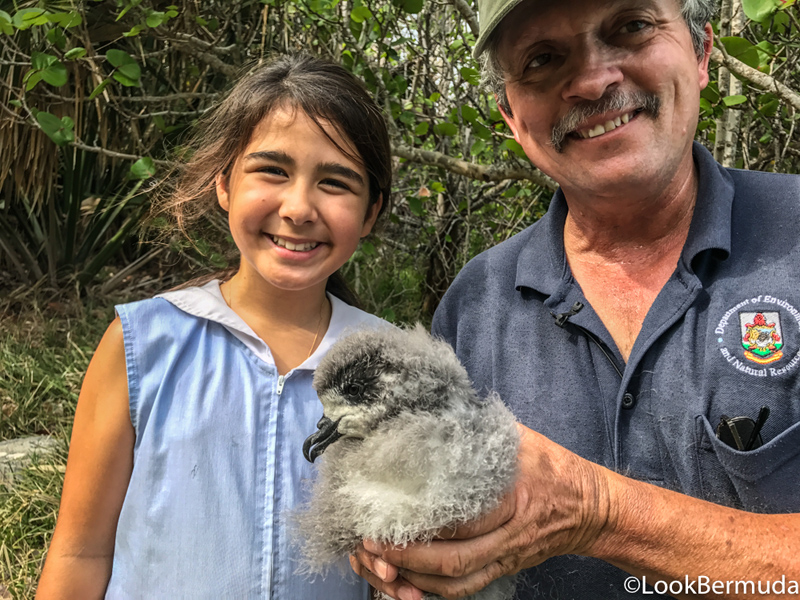
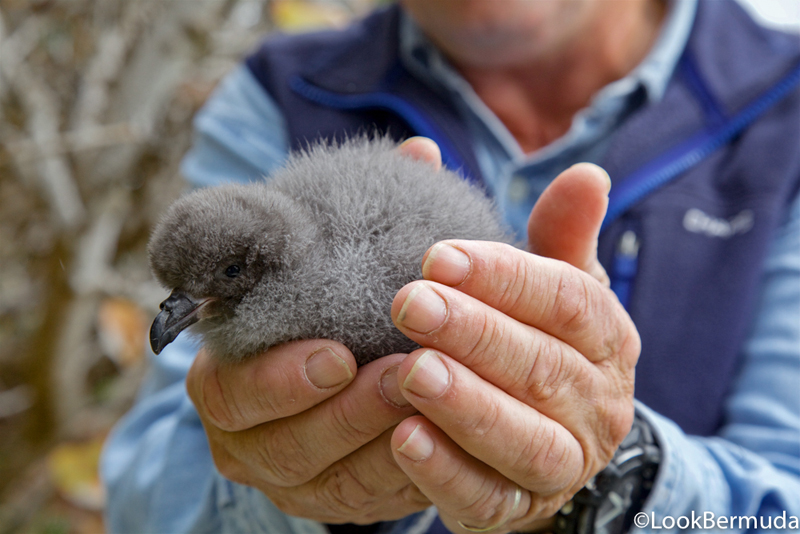
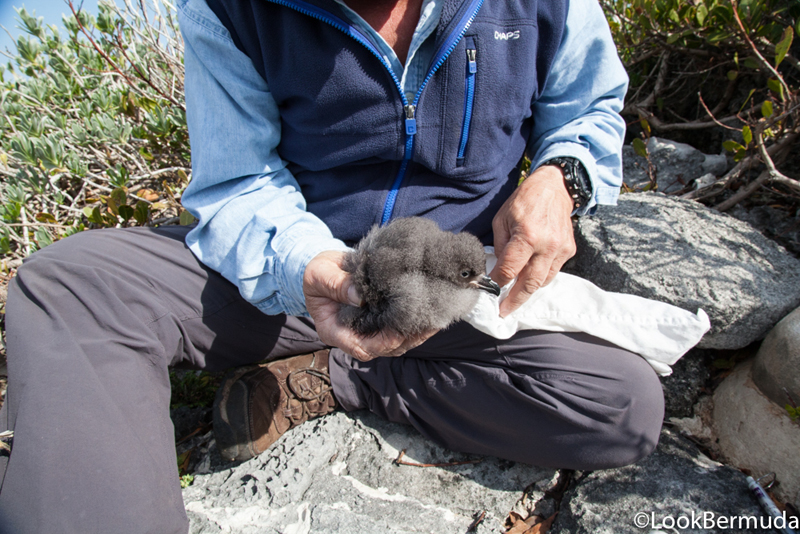
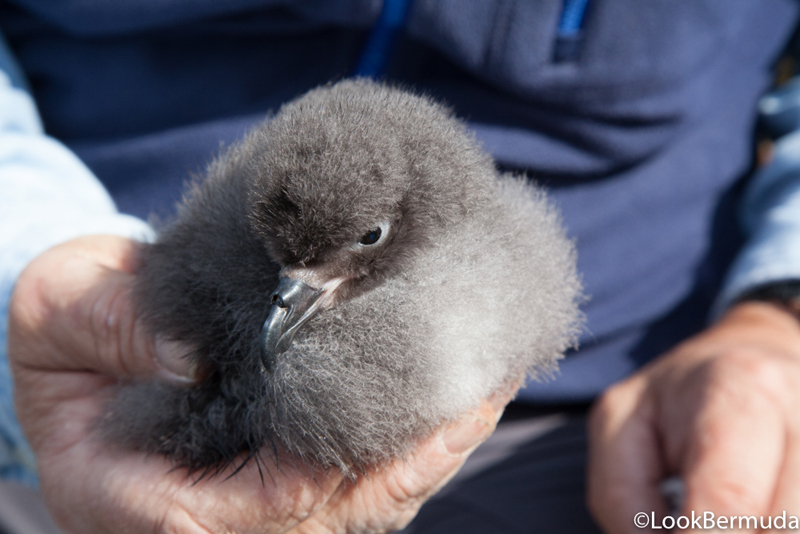
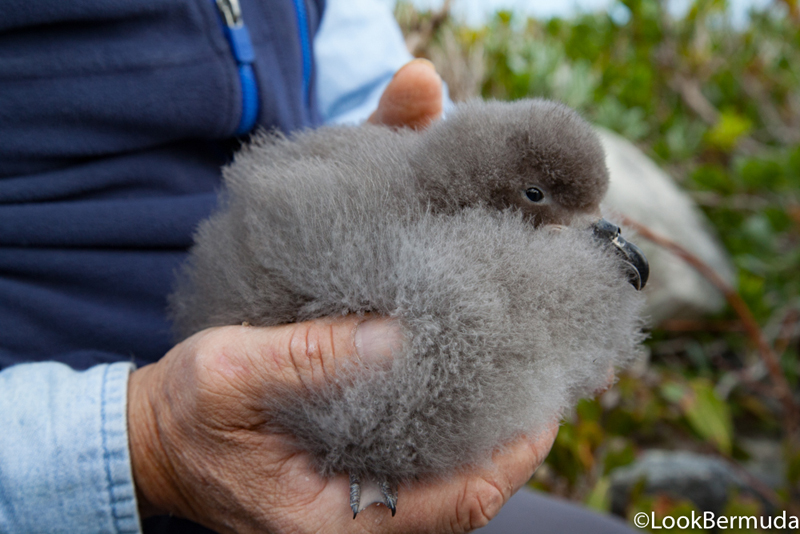


Well done Mr Maderios. We all like to talk about (our) Bermuda Cahows. You’re the man making it happen. Hats off to Mr Wingate also who started the project!